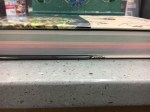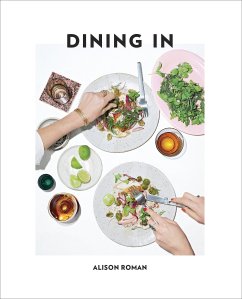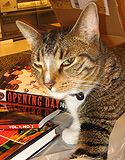Unfussy Food for Having People Over
From the publisher:
NEW YORK TIMES BESTSELLER • It’s not entertaining. It’s having people over. The social media star, New York Times columnist, and author of Dining In helps you nail dinner with unfussy food, unstuffy vibes, and the permission to be imperfect.
NAMED ONE OF THE BEST COOKBOOKS OF THE YEAR BY THE NEW YORK TIMES BOOK REVIEW AND NPR • A PEOPLE 2019 FOOD FAVORITE
“Nothing Fancy delivers what those of hoping to up our dinner party game are looking for: It’s utterly current and distinctly doable.”—Eater
An unexpected weeknight meal with a neighbor or a weekend dinner party with fifteen of your closest friends—either way and everywhere in between, having people over is supposed to be fun, not stressful. This abundant collection of all-new recipes—heavy on the easy-to-execute vegetables and versatile grains, paying lots of close attention to crunchy, salty snacks, and with love for all the meats—is for gatherings big and small, any day of the week.
Alison Roman will give you the food your people want (think DIY martini bar, platters of tomatoes, pots of coconut-braised chicken and chickpeas, pans of lemony turmeric tea cake) plus the tips, sass, and confidence to pull it all off. With Nothing Fancy, any night of the week is worth celebrating.
I loved Alison Roman’s last cookbook, Dining In, so much that it was my choice for best cookbook of 2018. So I was really looking forward to this new one, and it does not disappoint. It has a definite audience this time out as it is a book all about entertaining. Now if you are thinking, I’d rather go out for dinner with friends than cook for them, this cookbook may change your mind!
She starts off with Snack Time, and there are lots of recipes divided by type: Dips, Spreads, and Stuff on Crackers; Fruits & Vegetables; Crunchy Things, Salty Things. That is followed by Salads, which are subdivided into Leafy Salads, Crunchy Salads, and the intriguing Kind-of Salads. Then come the sides, Vegetables and Grains, etc. Mains are next and include Meat, Fish, Pasta, etc. and the final chapter, appropriately titled, After Dinner.
Roman starts off the book with a page headed with “This is not a book about entertaining.” An interesting way to start! It is your introduction and Roman explains the how and why of her writing this particular book. She wants the takeaway to be: “Using your time and resources to feed people you care about is the ultimate expression of love…You got this.” Works for me. She then offers “three helpful things…ask for help; pick your battles; never apologize.” All excellent suggestions.
The ubiquitous grocery list comes next, what you should have on hand, but with an Alison Roman spin. Olive oil, sure, but her take on it? “not the fanciest or the cheapest; make sure it’s something you wouldn’t mind licking from a spoon.” She recommends kitchen equipment and pantry essentials as well.
Remember that first chapter, “snacks?” Roman warns not to confuse those with hors d’oeuvres or canapes. She says “snacks are breezy, snacks are fun.” Who doesn’t want breezy when you’ve invited people over? A most unusual snack that was tailor-made for my husband is Spicy Marinated Anchovies with Potato Chips. If you don’t love anchovies, and I don’t, then probably not for you. But definitely interesting! I like an anchovy in my Caesar dressing, and always use a couple in my Puttanesca sauce. Other snacks that I find intriguing are the Spicy Tomato-Marinated Feta, and the Crispy Haloumi with Honey and Pistachio. And even though I don’t love anchovies, “A Better Garlic Bread/Caramelized Garlic on Toast with Anchovies” is delicious.
I love recipes that can be made in advance, or better yet, ones that you forgot to make in advance, well, let’s make it now! Like “Overnight Focaccia, Tonight!” The salads are all super easy and very different, like “Lemony Watercress with Raw and Toasted Fennel,” “Iceberg with Pecorino, Crushed Olives, and Pickled Chile,” and “Celery and Fennel with Walnuts and Blue Cheese;” I’ll take all three, please! Not to mention the “Little Gems with Garlicky Lemon and Pistachio,” I am all over that. Those Little Gems are just adorable, and this makes a beautiful salad.
Sides are a wonderful assortment from “Mustardy Green Beans with Anchovyed Walnuts,” (there are those anchovies again); “Smashed Sweet Potatoes with Maple and Sour Cream,” which is as delicious as it is beautiful; and the irresistible “Baked Potato Bar.” You can use some of the “acceptable toppings include but are not limited to” sour cream and chives, but also Trout or Salmon roe, and finely chopped fresh dill. The “Frizzled Chickpeas and Onions with Feta and Oregano” will leave your guests talking for sure. Who knew the humble chickpea could be such a star!
The mains are well represented as well, and most have a do-ahead component. “One-Pot Chicken with Dates and Caramelized Lemon” includes a note that you can make this a few hours ahead, and keep in in a Dutch oven at room temperature. It can be reheated for 10-15 minutes if you want. Even better, the “Coconut-Braised Chicken with Chickpeas ad Lime” can be made up to 2 days ahead, and the “Harissa-Rubbed Pork Shoulder with White Beans and Chard” can be made 3 days ahead, and “Soy-Braised Brisket with Carmelized Honey and Garlic” can be made up to 5 days ahead. I can just feel her knocking down any argument about entertaining when you have days to prepare. Stress just flies out the window!
Desserts for Ms. Roman are optional, but she includes some interesting and beautiful ones to pick from. The cakes can mostly be baked a day or two ahead. “Crushed Blackberry and Cornmeal Cake” is not over the top sweet, if that is your preference, while the “Crispy Chocolate Cake with Hazelnut and Sour Cream” is made with Nutella – need I say more? The “Coconut Banana Cream Pudding” is sure to be a crowd-pleaser, with the pudding being made a day or two ahead and the whole thing assembled well before your guests arrive. Finally, the publisher has provided a couple of recipes if you’d like to try on the Amazon page, or if you have a subscription to the New York Times Cooking (worth it!) some of the recipes are there. Enjoy!
12/19 Stacy Alesi, AKA the BookBitch™
NOTHING FANCY by Alison Roman. Houghton Mifflin Harcourt (September 25, 2018). ISBN 978-0544816220. 400p.




 Posted by Stacy Alesi
Posted by Stacy Alesi 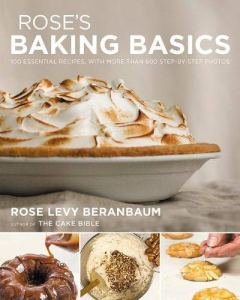
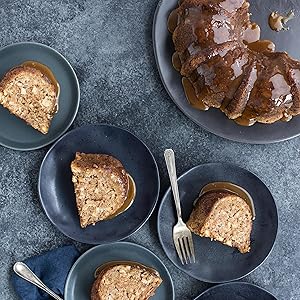

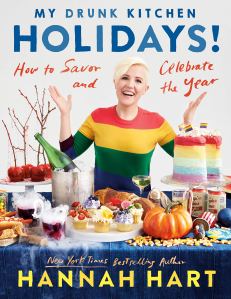



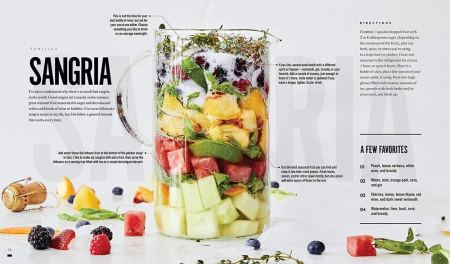
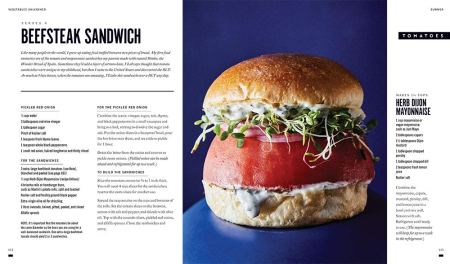


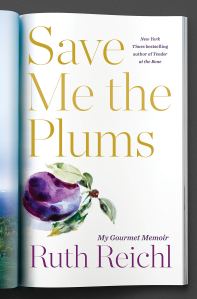

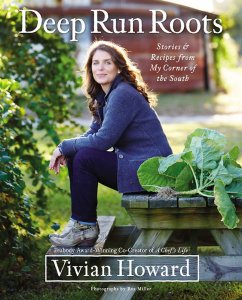
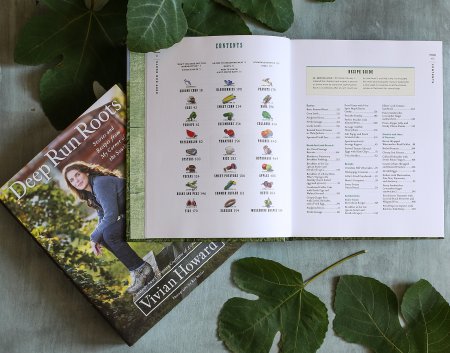
 Another member of the group, the one from eastern North Carolina, made the Stewed Collard Greens with Ham Hock. She said this recipe is very similar to the way she grew up making this dish and it was delicious.
Another member of the group, the one from eastern North Carolina, made the Stewed Collard Greens with Ham Hock. She said this recipe is very similar to the way she grew up making this dish and it was delicious.
